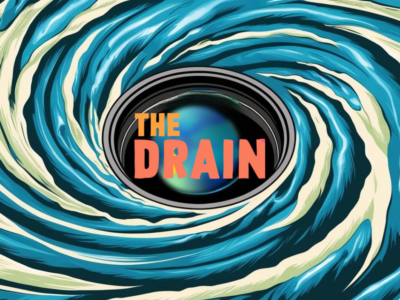The possibilities of a Green New Deal
Proposal for massive government investment in decarbonization of the economy could have long-term political benefits, if it’s done right
The new House Democratic majority takes over this week. In the period between the midterm elections and now, one major issue that has been discussed is the path forward for the Democrats on climate policy. Led by freshman Representative Alexandria Ocasio-Cortez, activists have called for the new majority to set up a special House committee on climate change that will develop a legislative blueprint for a “Green New Deal.” The specifics of the Green New Deal are yet to be articulated (this Wikipedia article gives a sense of the various possibilities that have been proposed over the past decade since the idea was first floated), but the basic vision is a massive government investment in infrastructure to support a transition to a decarbonized economy, in the process providing well-paying jobs and reducing economic inequality in America. While the plan does have a place for tools such as carbon taxes, its major focus is on investment. (See this Google doc for more details.) The concept has gotten a lot of attention, much political support from among progressives and Democrats (and criticism from conservatives), and has prompted the creation of a special committee in the new House on the topic (albeit one with no legislative drafting powers).
I’ve written before about the work that I and others have done on the political economy of decarbonization, and the challenges of moving directly towards carbon pricing as a primary climate policy. Instead, in the short- to medium-term we may need to focus on other policy tools that can build up interest group support and reduce obstacles for more stringent carbon policy down the road. The investment and subsidy concepts of the Green New Deal are consistent with that approach, and indeed could be quite promising in terms of building up political support for approaches such as carbon taxation down the road. The investments of a program like the Green New Deal could help build up interest groups that support climate policy (e.g., the companies and workers who benefit from constructing renewable energy, or the start-ups who are supported by research investments). These interest groups in turn can then support more aggressive steps down the road.
While the proponents of the Green New Deal have a range of arguments for the concept, such as the need for government investment to jump-start the decarbonization transition, they haven’t (so far as I can tell) talked about the political benefits of their approach. But I do think those political benefits are important to consider – in particular, if any Green New Deal does get off the ground, it would be important for the implementation to consider the political economy benefits of particular investments. In other words, what investments are most likely to build political support for greater climate action in the future? I hope they’ll take that issue seriously, as it would help significantly increase the long-term impacts of the program they are proposing.
Reader Comments
One Reply to “The possibilities of a Green New Deal”
Comments are closed.







Marine carbon sequestration may afford some cost effective processes to safely sequester carbon, mainly via existing biological processes. Awareness of these possibilities should be part of a green new deal, especially because many of them could provide jobs as well as mitigating global warming.